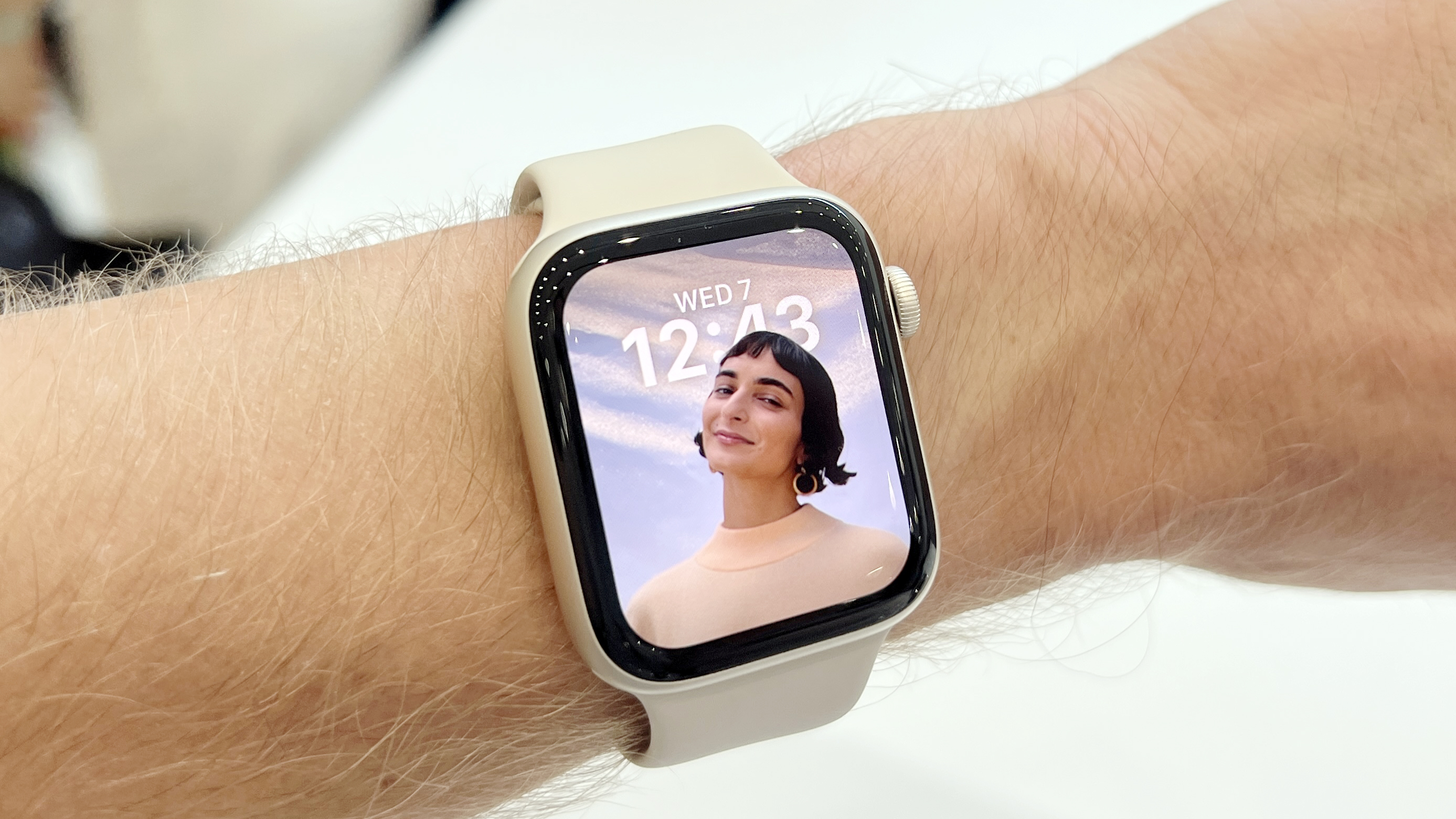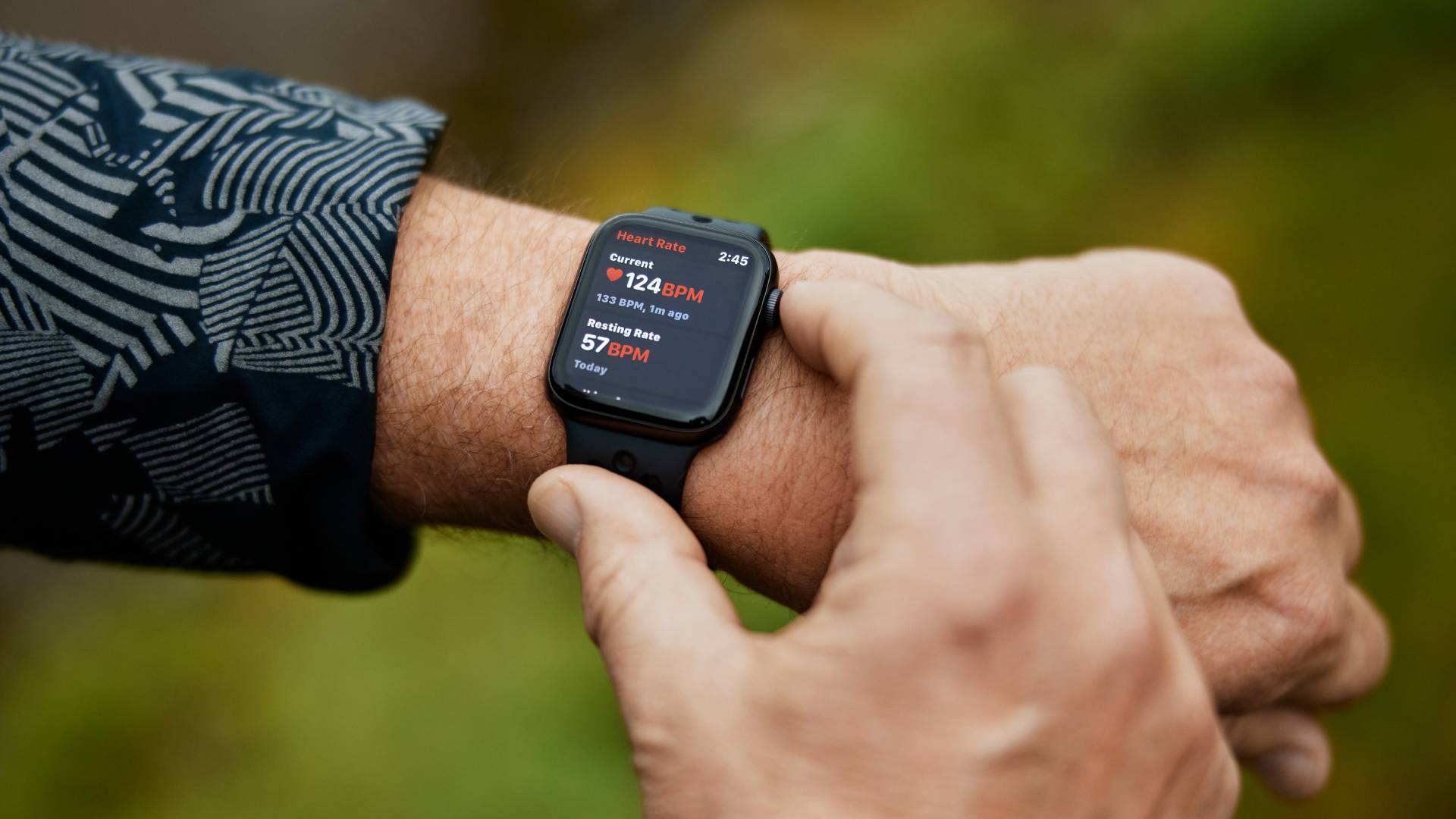The Apple Watch could soon track how much you sweat
PSA: please wash your wearables

The best Apple Watches can already track your blood oxygen, calories burned, and activity, but a new patent application by Apple could add a whole new dimension.
As shared by Patently Apple, the tech giant has submitted an application with the US Patent and Trademark Office to help measure a user's perspiration level via electrodes beneath the device.
It's similar in concept to the existing ECG (echocardiogram) functionality that's been offered since the Apple Watch Series 4, and while the application hasn't been granted, it's expected to be able to track fluid rate to help with hydration management during a workout.
Quantity and quality of perspiration is a new metric for even the best smartwatches and most advanced fitness trackers, and has all sorts of applications while raising interesting questions (and challenges: what happens when it's raining or you're swimming?). There's no indication yet, however, that it can track the salt content of sweat, or other hydration biomarkers.
An earlier report from Patently Apple in August 2021 also suggests that the data could be 'always-on' like an SpO2 monitor, suggesting Apple Watch may be able to track hydration outside of a workout, too. This is also mentioned in the most recent patent application,.
It's also worth noting that patents that end up remaining just that are common, with companies looking to lock down their best ideas - even those that don't pan out.

Ready, sweat, go?
Sweat tracking is a relatively recent advancement in wearable tech, but Apple wouldn't be breaking entirely new ground if its patent comes to fruition: just its on-watch implementation.
Get daily insight, inspiration and deals in your inbox
Sign up for breaking news, reviews, opinion, top tech deals, and more.
There are sweat patches and biosensors that can already track your sweat, passing information to, among other things, the Apple Watch. That suggests that some of the backend work, likely within the Apple Health app, is likely already in place - so Apple would need to just work out a way to collect the information without going via another device.
Naturally, accuracy is difficult to achieve with something like sweat tracking. Heavy rain or diving in the pool could lead to false positives, for example, and these are things that would need to be ironed out before rolling out to potential users.
Still, there are a whole host of applications for the data. Blood sugar level analysis has been tipped to arrive on Apple Watch for years, while sweat can be used to help detect diseases, too.
You might also like:

Lloyd Coombes is a freelance tech and fitness writer for TechRadar. He's an expert in all things Apple as well as Computer and Gaming tech, with previous works published on TopTenReviews, Space.com, and Live Science. You'll find him regularly testing the latest MacBook or iPhone, but he spends most of his time writing about video games at Dexerto.